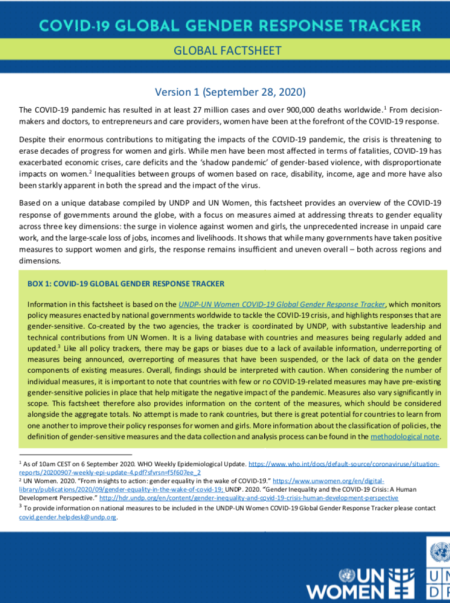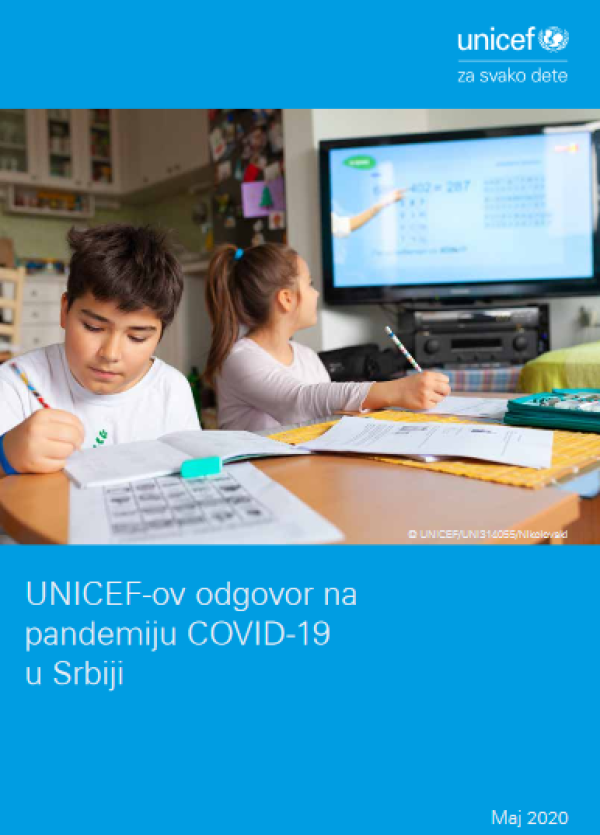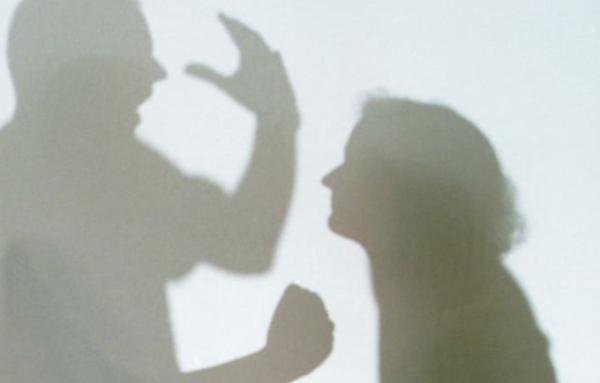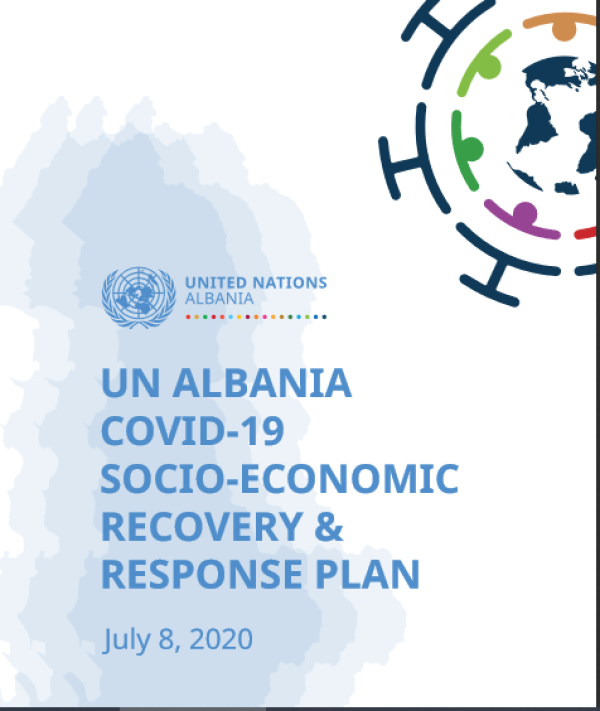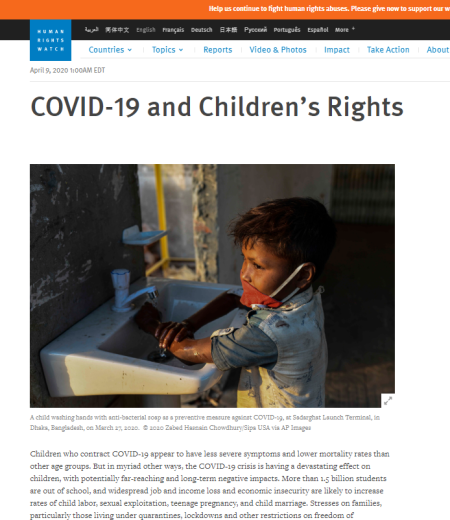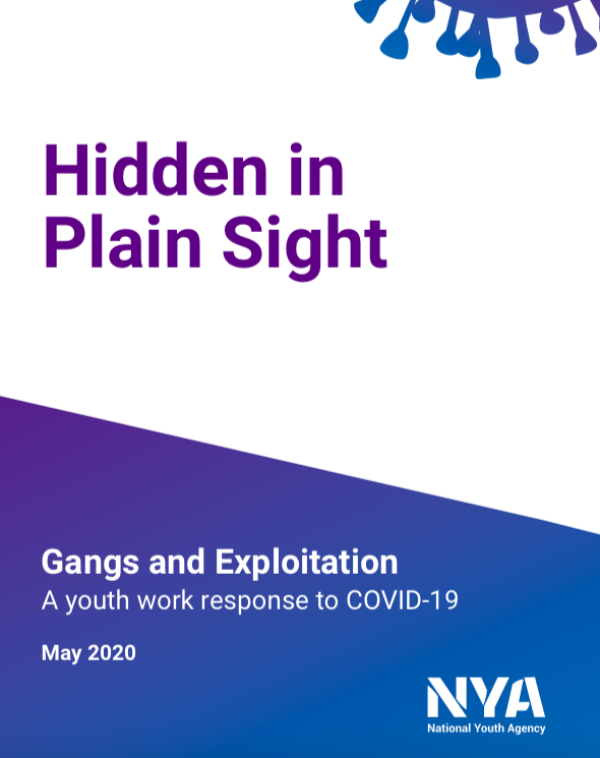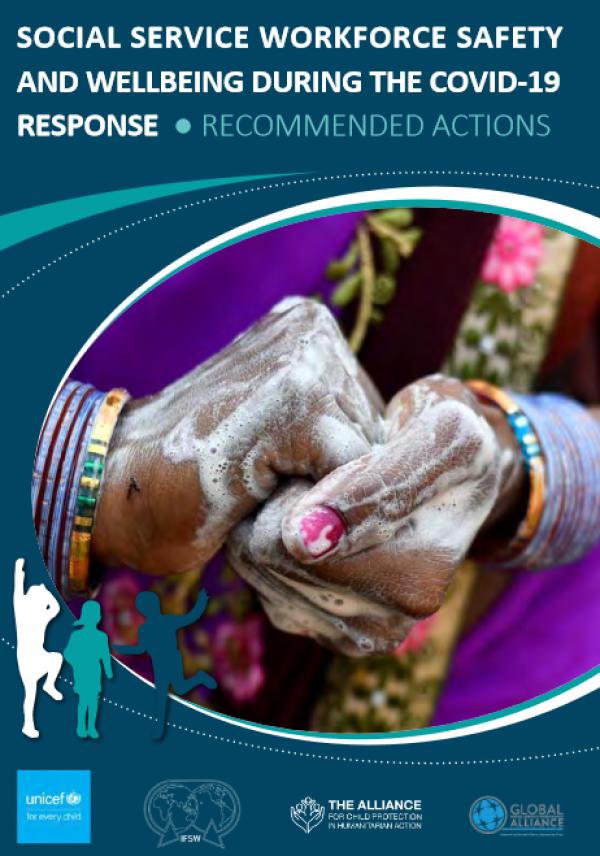
United Nations Development Programme (UNDP) in cooperation with United Nations Women (UN Women) published the Covid-19 Global Gender Response Tracker. This document shows how governments reacted or are reacting the crisis related to the pandemic. The factsheet is focused only on those measures that are gender sensitive. Gender sensitive measures are measures that directly address problems that girls and women have faced during the pandemic such as violence, lack of social protection, unpaid care, and economic security. There may be some errors when including overreporting or underreporting information, however the general data is reliable.
During the months, in 164 countries have been taken 992 gender sensitive measures. In 135 countries have been taken 704 measures against violence against women and girls. In 85 counties have been taken 177 measures to strengthen women’s economic security. In 60 countries have been taken 111 measures to tackle unpaid care. Different countries are prioritizing different gender policies.
- For instance, India, Bosnia and Hercegovina, Colombia and Sweden have mostly focused their attention to combat gender-based violence.
- Argentina, Pakistan, Rwanda, Ecuador, Peru, Colombia, Mexico, Nigeria, Egypt, Georgia, Honduras, Morocco, Togo, Costa Rica, the Dominican Republic and Jamaica have mostly used social protection and labour market measures to address women’s economic security.
- Austria, Canada, Chile, Spain and the Republic of Korea, Kuwait, Poland, Czechia, Germany, and Italy have mostly taken action to support unpaid care.


